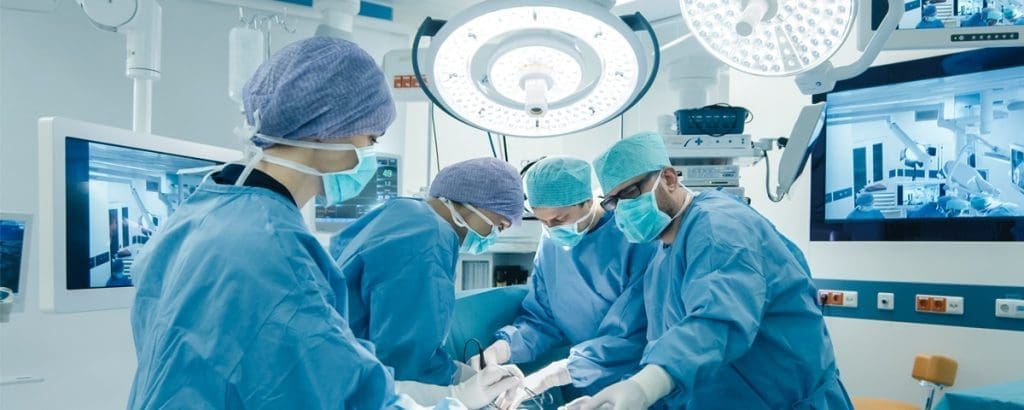The healthcare industry is expected to do more with less on a day-to-day basis, and rightfully so. Much of the problems in healthcare are the self-inflicted inordinate prices of treatment, hospital visits and check-ups that have sky rocketed over the years. In fact, according to a 2017 study published in the Journal of the American Medical Association (JAMA), healthcare spending in the United States rose nearly a trillion dollars from 1996 to 2015. As a result, healthcare is feeling the pressure to change for the better. Not only are the price of procedures and pharmaceuticals inflating costs but also, the lack of operational expertise utilizing common place efficiency measures have led to longer wait times and less effectiveness of money spent.

In the beginning stages of change we must take a fresh look at new ways to solve old problems. Specifically, through the better use of technology much of the problems plaguing healthcare will become alleviated. Via operations and security needs growing and becoming more complex, a treatment of well utilized technology is the right prognosis. Thus, by using video surveillance as a service (VSaaS), hospitals and outpatient centers can improve security, improve operations, increase accountability, and do everything on a budget. This is because technology has come to a point where it leverages the skills and abilities of great employees. In parallel, instead of companies just throwing bodies at problems, they can leverage monitoring devices and alarm-based sensors to identify key issues and shorten response times. VSaaS tells you if a nurse has washed their hands before entering a room, it provides security monitoring of a drug cabinet, and it shortens the response time to reacting when a patient falls in their room. Thus, technology creates impactful results and massive savings when expanded to a broad scale. Hence, VSaaS can be used to force accountability of small things such as nurses using the hand dispensers outside of their room. In fact, research performed by Anderson et al, we see that monitoring nurse’s behavior had improved them washing their hands. In contrast, VSaaS may have a huge impact by alerting hospital personnel when a patient falls, saving seconds and in some cases the life of that patient. Just imagine a patient falling from a heart attack and soon as they are on the floor the staff is notified. Now compare this to someone monitoring videos or worse not watching anything and sees that patient minutes or even hours after the fall. In the end, surveillance technology becomes not only the practical solution but the right solution for the patients and everyone associated.
Utilizing technology, intelligent live video monitoring not only watches but analytically observes desired outcomes. The affordable of VSaaS is as little as 25 cents an hour. Thus, from a cost benefit analysis, hiring someone and paying them to do an equal or lesser job at $14 an hour becomes an easy decision. However, surgery centers, hospitals, and outpatient centers are not utilizing this technology as quickly as other industries and comparatively are not as effective with their operational budget.
Maybe the healthcare industry is not aware of how much they spend. In a recent New England Journal of Medicine (NEJM) survey showed that only about 17% of care professionals believed their institutions had either “mature” or “very mature” transparency. (L9, L10) Therefore, it makes sense if a mature understanding of their P & L is not fully documented and disclosed, then it becomes harder to see savings. Nonetheless, the surveillance industry is growing and addressing issues that are substantially beneficial to the wellbeing of employees, patients, and the overall business of healthcare. Finally, when healthcare utilizes operational technologies for further enhancement of the great employees in their facilities, will we then then begin to see dramatic decreases in healthcare costs.
